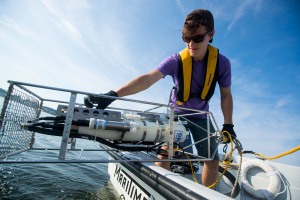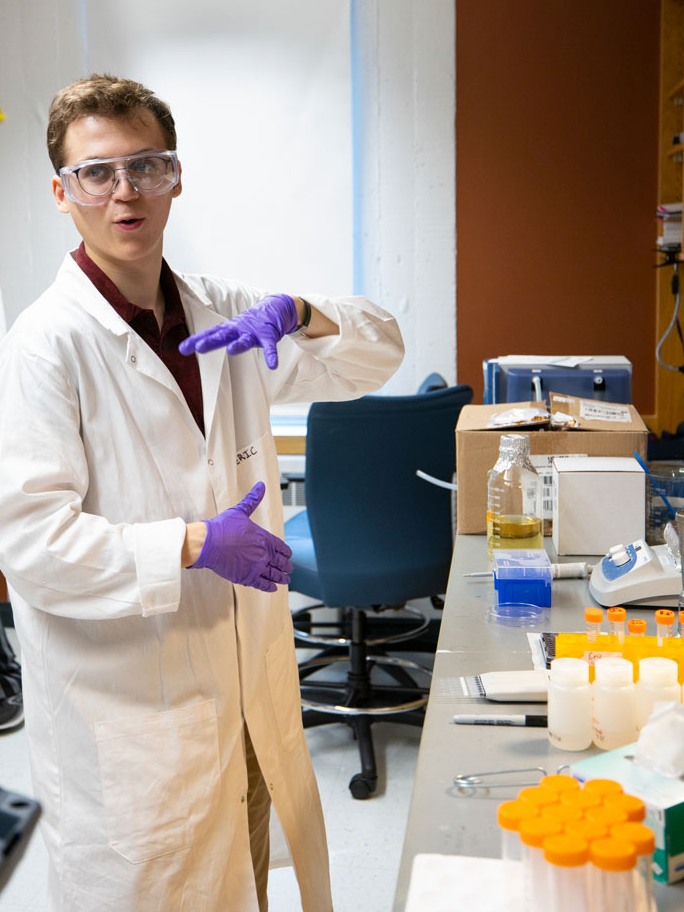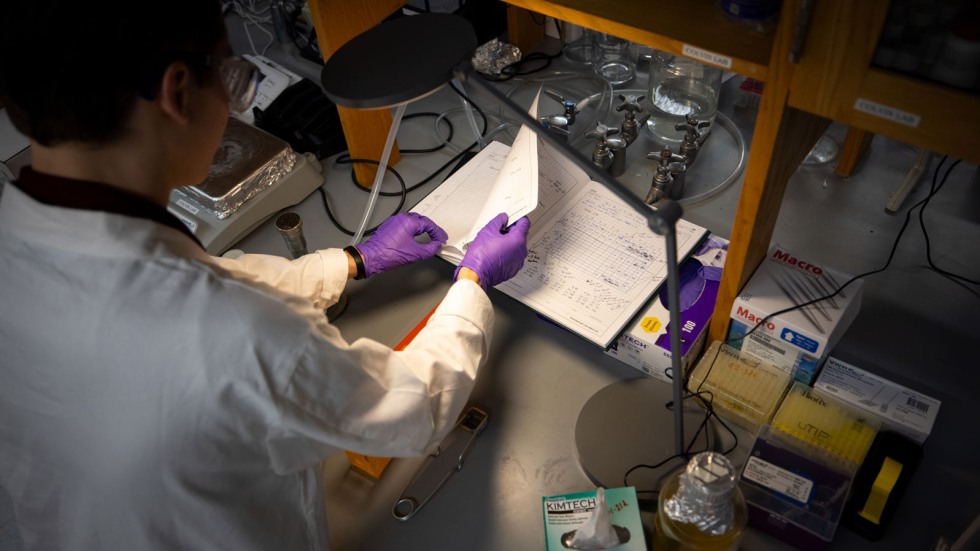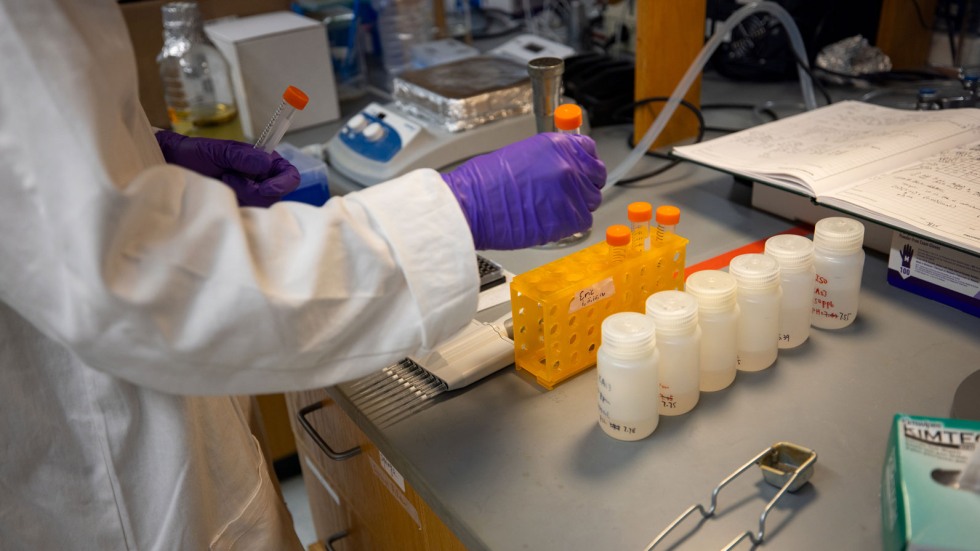“Bacteria have been developing ways to tackle difficult problems in their struggle for survival for millions and millions of years, much longer than we have,” Sorge said. “If we can program them the way we want, we can build little tools with huge potential to sustainably solve countless issues — far more efficiently than we ever could on our own.”
That’s a sentiment that has motivated Sorge long before he joined Colvin’s lab.
Sorge said he’s always been interested in biology, but found most academic programs in biology focused on either medical science or ecology, neither of which fully matched his particular intellectual curiosity.
So he bridged the two in his studies by delving into synthetic biology — a field that focuses on redesigning organisms for useful purposes by engineering them to have specific abilities. In addition to Colvin, who specializes in physical chemistry, Sorge said he’s received guidance from Assistant Professor of Chemistry Megan Kizer, who lends a more biology-focused approach to his research.
Early on during his time at Brown, Sorge co-founded the Brown Alt Protein Project, which advocates for more research on and implementation of plant-based meat and lab-grown proteins for sustainable food applications. And last summer, he continued his work in that field as an intern with a company that uses precision fermentation to grow proteins for animal-free meat — a process similar to what vegan meat companies like Impossible Foods use.
“The systems I’m learning about in the classroom can be tweaked with synthetic biology to positively impact lots of people while preserving the planet, ” Sorge said.
Though he’s now dialed into an academic calling at Brown, Sorge said it took him a while to get there. It was ultimately Brown’s Open Curriculum and one-on-one interactions with faculty members that set him on his path.
Sorge first intended to study astronomy. But during his first week on campus, he struck up a conversation with Professor Emerita of Geological Sciences Jan Tullis, who listened to his interests and urged him to explore planetary sciences . During his geology courses, Sorge said he gained a great appreciation for the natural workings of the environment — as well as his duty to live sustainably as a part of it — and realized he was more drawn to the realm of biology. From there, he took a step further and dove into synthetic biology, where he hopes to spend his post-collegiate career.
Now, as he enters his fourth year, Sorge said the work he is doing under Colvin and Kizer’s leadership motivated him to pursue a second concentration in engineering, or perhaps a combined fifth-year master’s degree.
“I know it’s a bit of a time crunch, but it’s a nice way to combine my interests in environmental and chemical engineering with biochemistry” he said. “ I’m excited to build on this knowledge and ultimately bring what’s done in the lab into the real world”



